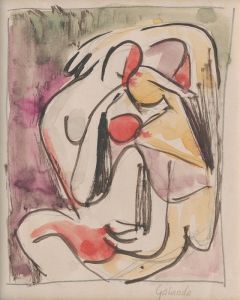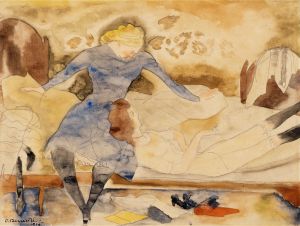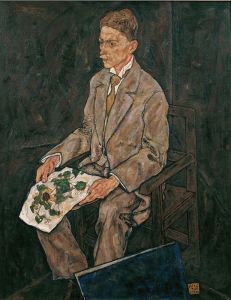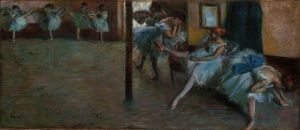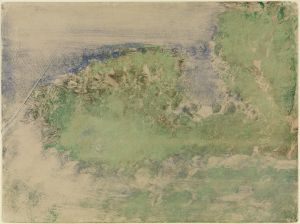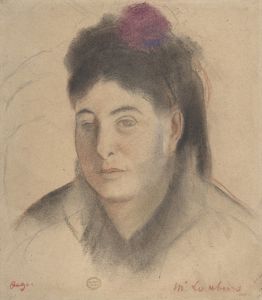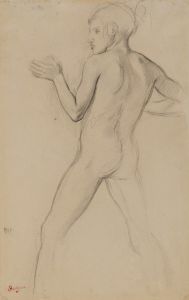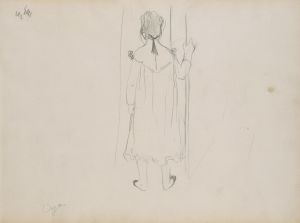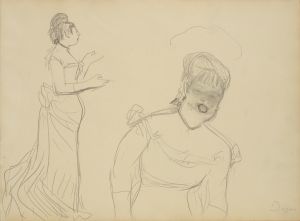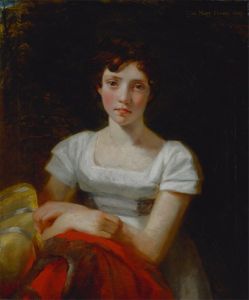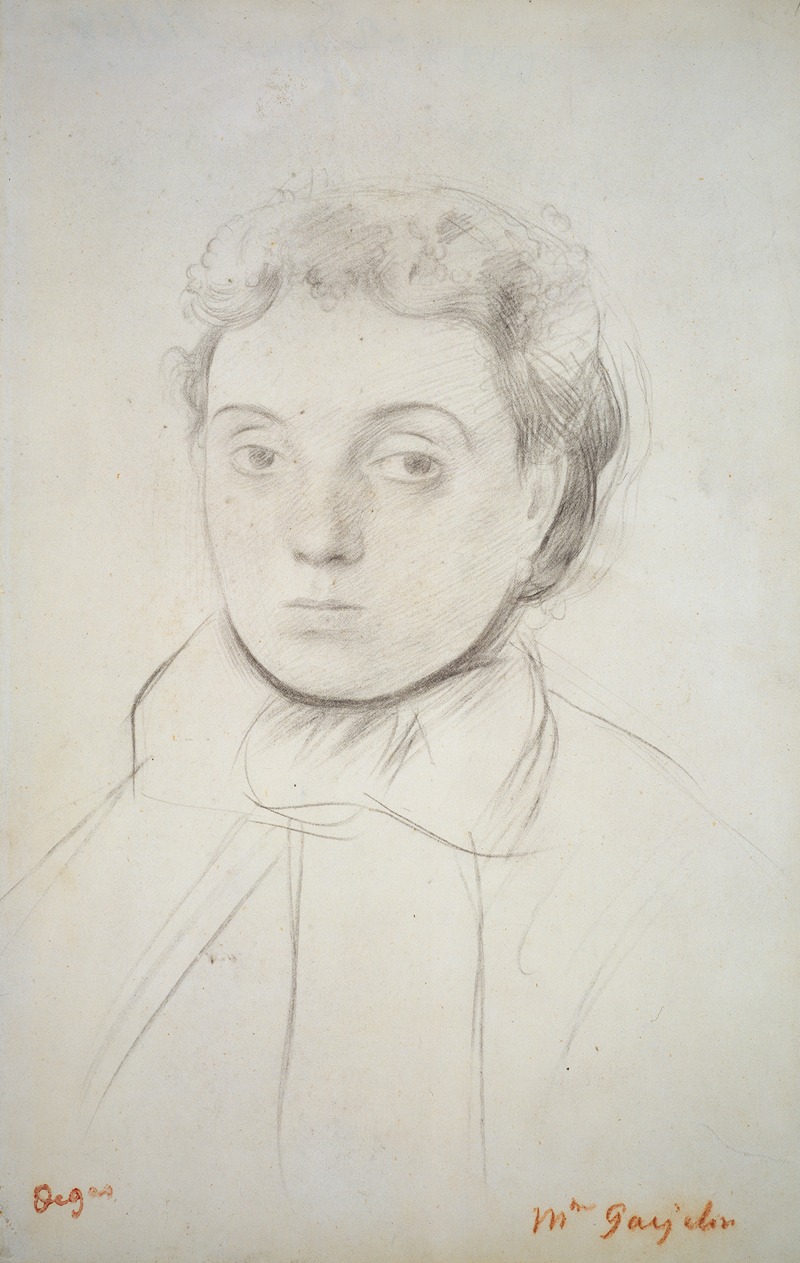
Bildnis Joséphine Gaujelin
A hand-painted replica of Edgar Degas’s masterpiece Bildnis Joséphine Gaujelin, meticulously crafted by professional artists to capture the true essence of the original. Each piece is created with museum-quality canvas and rare mineral pigments, carefully painted by experienced artists with delicate brushstrokes and rich, layered colors to perfectly recreate the texture of the original artwork. Unlike machine-printed reproductions, this hand-painted version brings the painting to life, infused with the artist’s emotions and skill in every stroke. Whether for personal collection or home decoration, it instantly elevates the artistic atmosphere of any space.
Edgar Degas, a prominent French artist known for his contributions to Impressionism, created the painting "Bildnis Joséphine Gaujelin" in the 19th century. Degas is renowned for his mastery in capturing movement and his keen interest in the human form, often focusing on dancers, women at work, and intimate portraits. This particular work, "Bildnis Joséphine Gaujelin," is a portrait of Joséphine Gaujelin, a noted figure of her time.
Joséphine Gaujelin was a celebrated actress and dancer, and her association with Degas highlights the artist's fascination with performers and the theatrical world. Degas frequently depicted individuals from the performing arts, capturing their grace, poise, and the nuances of their profession. His portraits often reveal a deep understanding of his subjects, portraying them with both realism and empathy.
In "Bildnis Joséphine Gaujelin," Degas employs his characteristic style, which combines traditional techniques with innovative approaches to composition and perspective. The painting reflects his skillful use of color and light, as well as his ability to convey the personality and presence of the sitter. Degas's portraits are known for their psychological depth, and this work is no exception, offering insight into Gaujelin's character and status.
Degas's technique often involved meticulous observation and a series of preparatory sketches, which allowed him to capture the essence of his subjects with precision. His use of pastels and oils in his portraits is particularly noteworthy, as it enabled him to achieve a rich texture and subtle gradations of tone. This attention to detail is evident in "Bildnis Joséphine Gaujelin," where the interplay of light and shadow adds a dynamic quality to the composition.
The painting is part of Degas's broader oeuvre, which includes numerous portraits of women, dancers, and members of the Parisian elite. His works are celebrated for their innovative approach to capturing modern life and the human experience. Degas's interest in the everyday lives of his subjects, combined with his technical prowess, has cemented his reputation as one of the leading figures of the Impressionist movement.
"Bildnis Joséphine Gaujelin" exemplifies Degas's ability to blend traditional portraiture with modern sensibilities, creating a work that is both timeless and reflective of its era. The painting is a testament to Degas's enduring influence on the art world and his ability to capture the essence of his subjects with both sensitivity and skill.
While specific details about the painting's current location or provenance may not be widely documented, its significance lies in its representation of Degas's artistic vision and his connection to the cultural milieu of 19th-century France. As with many of Degas's works, "Bildnis Joséphine Gaujelin" continues to be appreciated for its artistic merit and its contribution to the legacy of Impressionist art.






